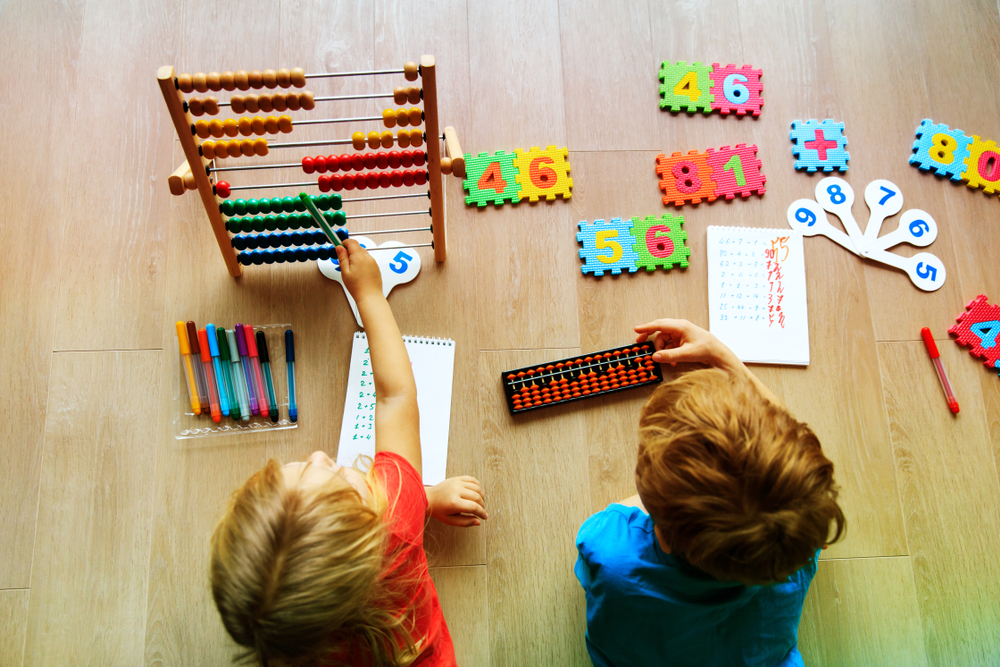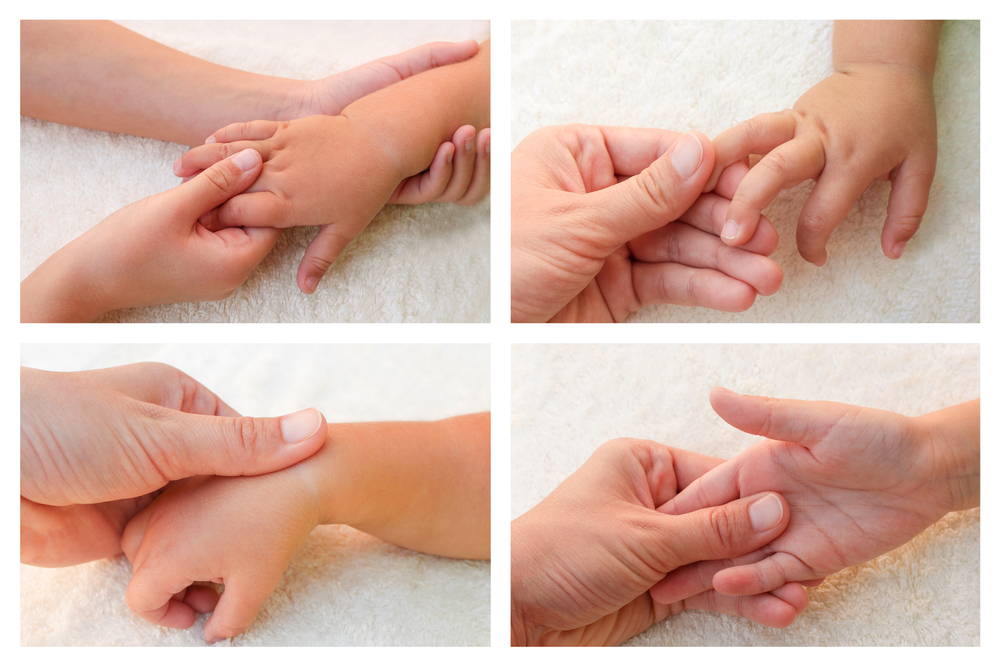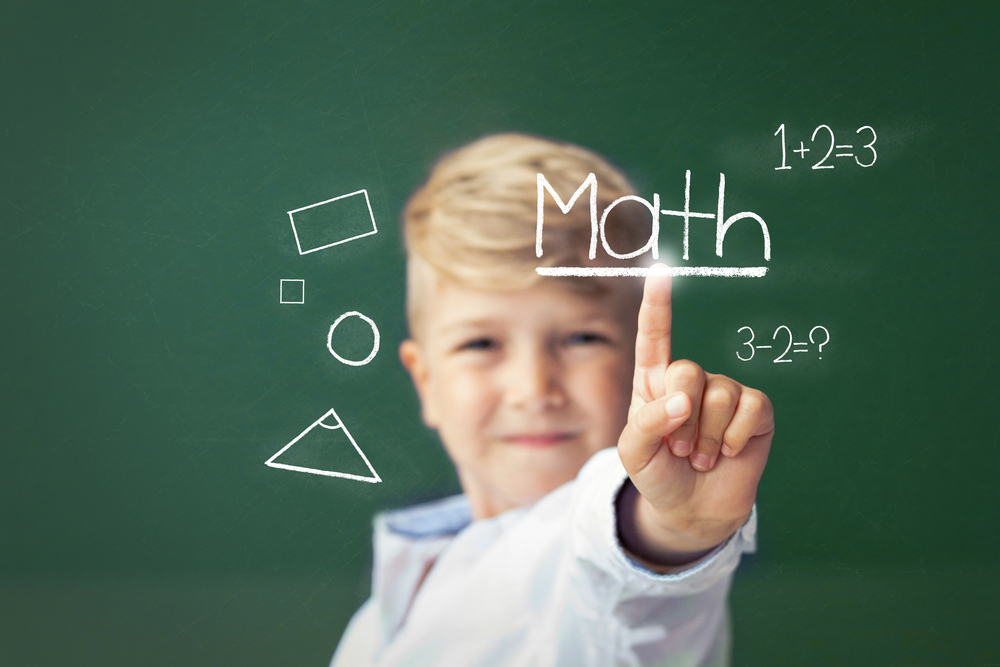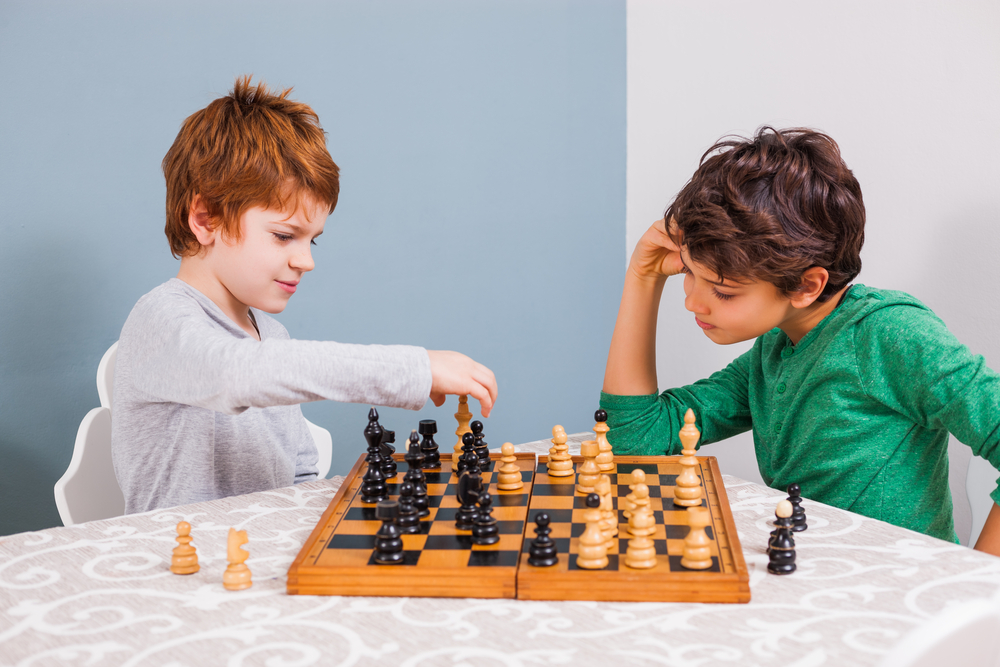Understanding comets Worksheets for Kids
1 filtered results
-
From - To


Question/Answer
What does the Understanding comets skill mean when it comes to Kindergarten Space learning?
The "Understanding comets" skill in Kindergarten Space learning involves teaching young learners the basic concepts about comets, such as their composition (ice, dust, and gas), how they orbit the Sun, and why they sometimes have visible tails. This skill aims to spark curiosity about space and introduces children to the wonders of the solar system in an age-appropriate manner.
How to train the Understanding comets skill in Kindergarten students learning about Space?
To train the "Understanding Comets" skill in Kindergarten students, employ simple, interactive activities such as creating comet models using craft materials, reading age-appropriate books about comets and space, using visual aids like pictures and videos to show comets in space, and conducting simple experiments that mimic a comet's tail formation using common items like water, a fan, and light.
How to test a Kindergarten student’s Understanding comets skills?
To test a Kindergarten student's understanding of comets, use simple, age-appropriate activities like drawing and labeling a comet based on its parts (nucleus, coma, tail), storytelling to describe a comet's journey through space, or hands-on experiments such as creating a comet model with common materials. These methods help evaluate their grasp of basic comet concepts in an engaging manner.
 Assign to the classroom
Assign to the classroom












